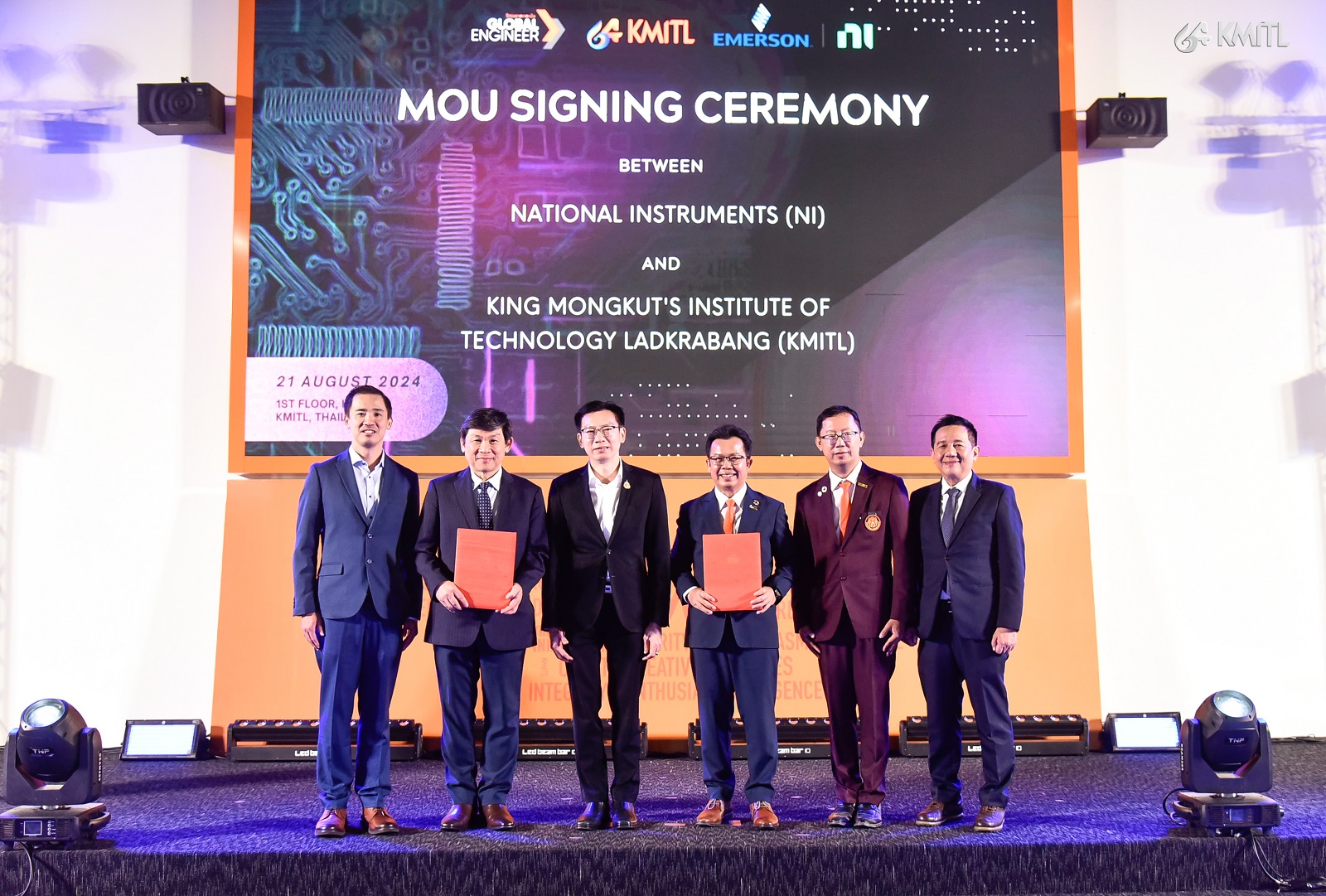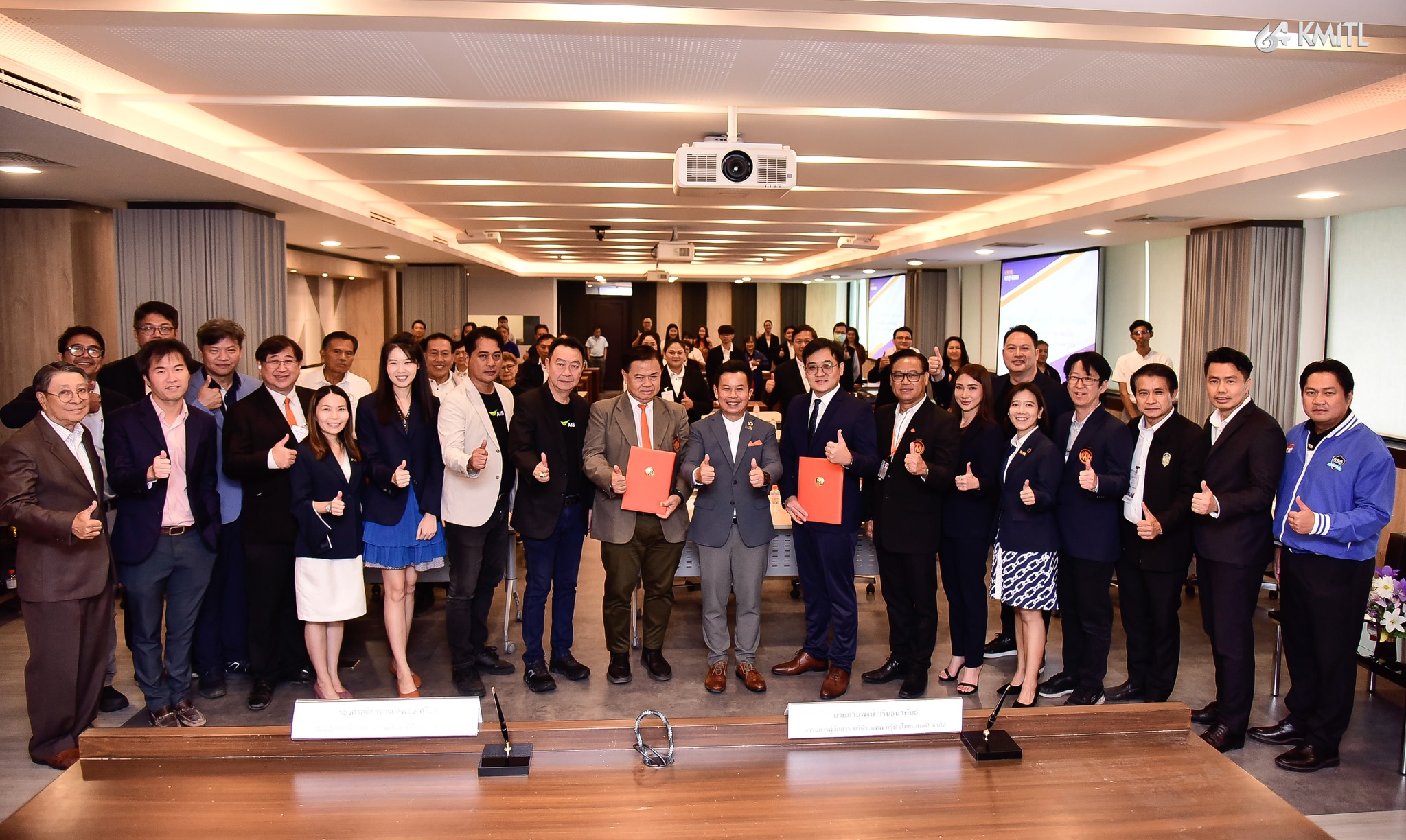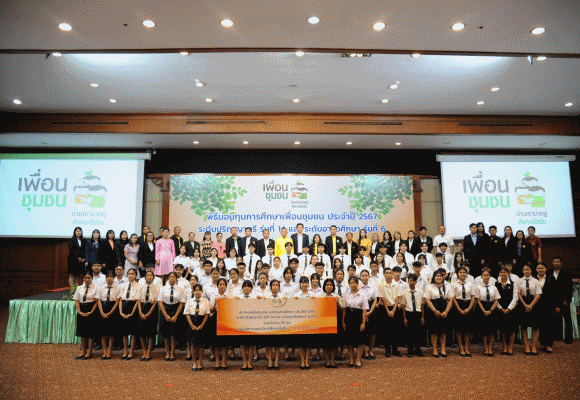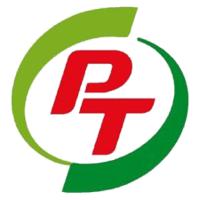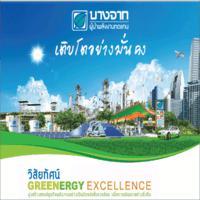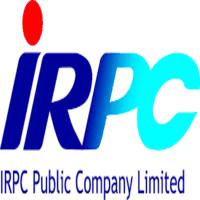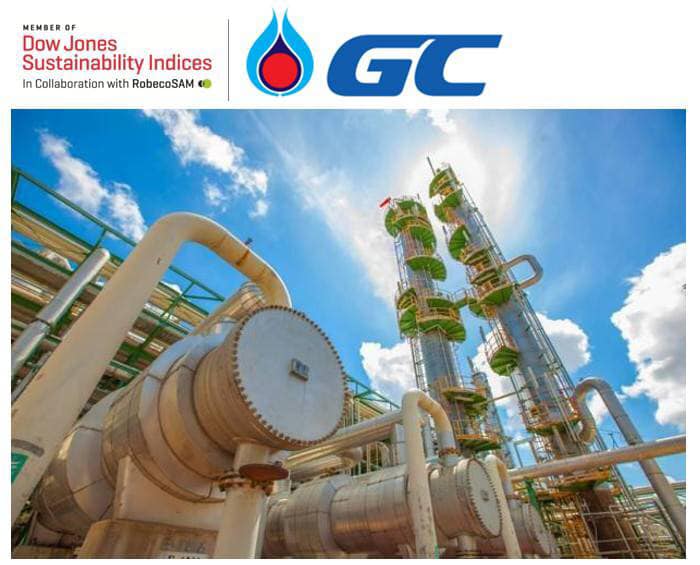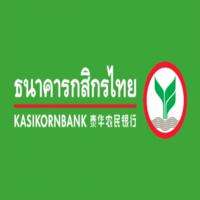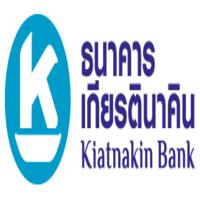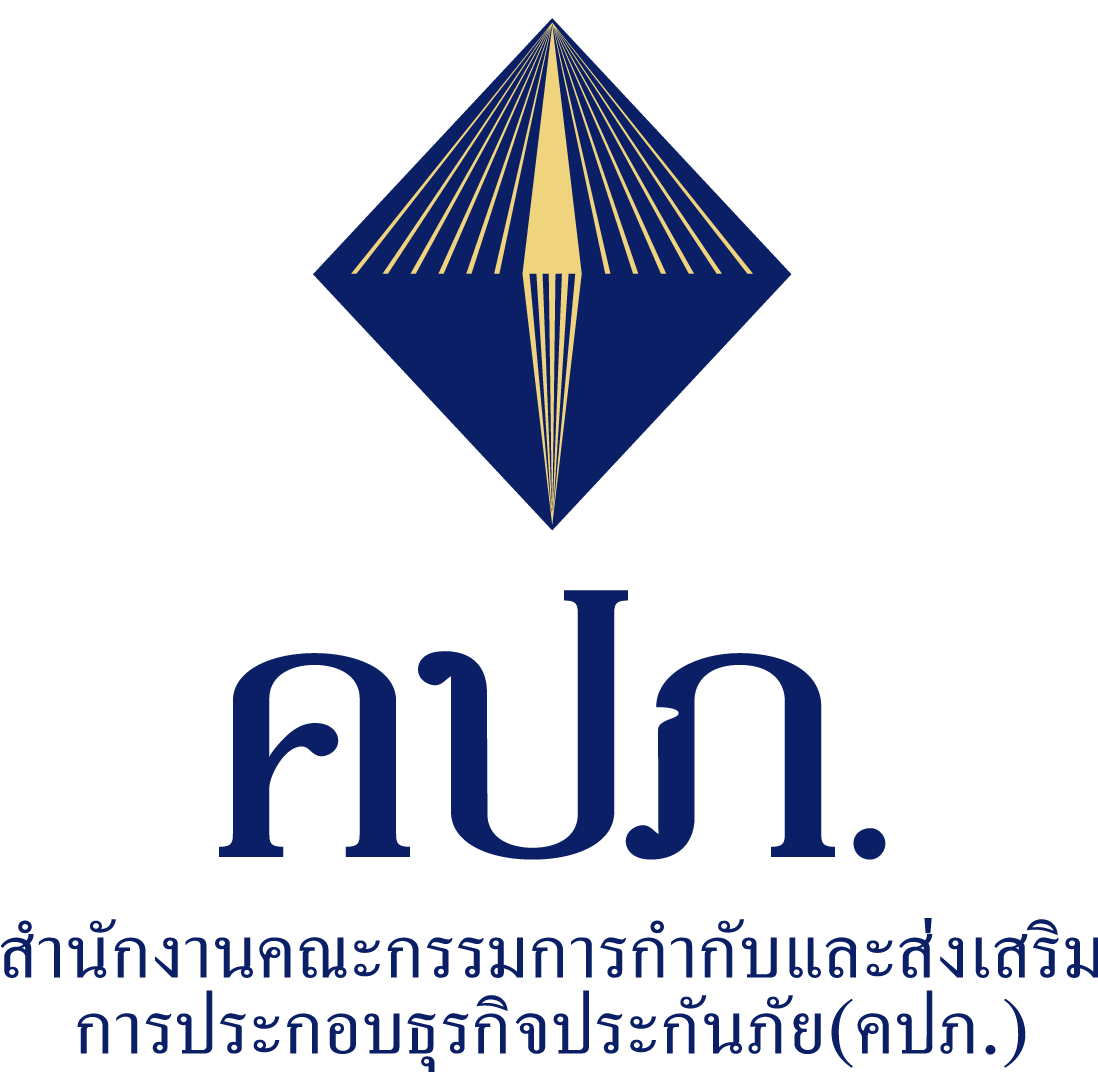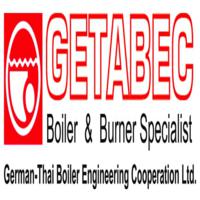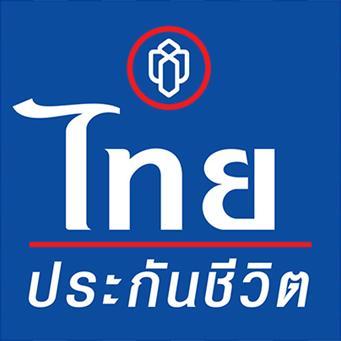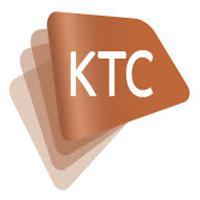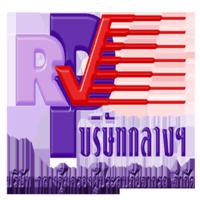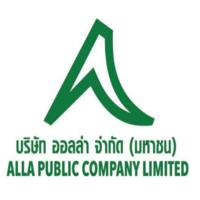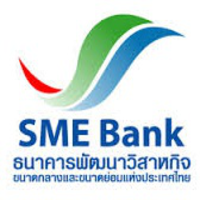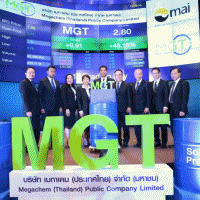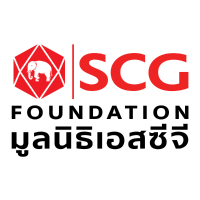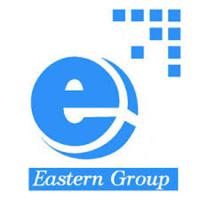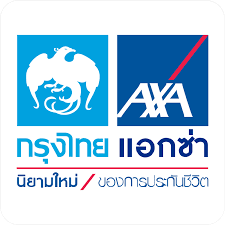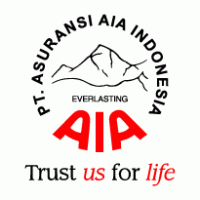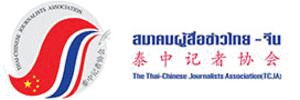- Details
- Category: ไอที-เทคโนฯ
- Published: Wednesday, 24 January 2018 22:38
- Hits: 4796

Vertiv ชี้เทรนด์ของดาต้า เซ็นเตอร์ เจนเนอเรชั่น 4 ในปี 2561 เพิ่มการพึ่งพาโครงข่ายรอบข้างและผู้ให้บริการโคโลเคชั่นสำคัญเพื่อขับเคลื่อนการพัฒนา
ยุคหน้าของดาต้า เซ็นเตอร์จะทลายกำแพงเดิมๆ อยู่เหนือข้อจำกัด สามารถบูรณาการอุปกรณ์หลักเข้ากับโครงข่ายรอบข้างได้อย่างชาญฉลาดและตอบโจทย์สำคัญของธุรกิจ นี่คือ การเข้ามาของดาต้า เซ็นเตอร์ เจนฯ 4 ที่กำลังเกิดขึ้นและจะกลายเป็นต้นแบบของเครือข่ายไอทีสำหรับยุค 2563 ซึ่งเป็น 1 ใน 5 เทรนด์ของดาต้า เซ็นเตอร์ ปี 2561 ตามการคาดการณ์ของผู้เชี่ยวชาญระดับโลกจาก เวอร์ทีฟ ชื่อเดิมคือ อิเมอร์สัน เนทเวอร์ค พาวเวอร์ (Emerson Network Power)
มร.อนันท์ ชังกี ประธาน เวอร์ทีฟ ภูมิภาคเอเชีย เปิดเผยว่า "ดิจิทัล ทรานส์ฟอร์เมชั่น ได้ผลักดันให้เกิดการเติบโตอย่างมหาศาลของเครือข่ายโคโลเคชั่น เพราะในช่วง 2-3 ปีที่ผ่านมา บริษัทต่างๆ ในเอเชียได้เคลื่อนย้ายข้อมูลและแอพพลิเคชั่นที่สำคัญไปอยู่ในระบบคลาวด์ อีกทั้ง ยังมีความตื่นตัวอย่างสูงในการเชื่อมต่ออุปกรณ์ต่างๆ เข้าด้วยกัน ตอบรับกับการเรียกร้องของผู้บริโภคที่ต้องการประสบการณ์การบริการที่ราบรื่น ไม่ติดขัดและรวดเร็ว ทำให้ผู้ประกอบการจำเป็นต้องมีการปรับเปลี่ยนโครงสร้างของดาต้า เซ็นเตอร์ซึ่งเป็นศูนย์ข้อมูลที่อยู่ตรงกลางและโครงข่ายรอบข้าง”
“สำหรับปี 2560 เวอร์ทีฟ มีผู้ใช้งานสมาร์ทโซลูชั่น (SmartSolutions) มากกว่า 50 ราย ในออสเตรเลีย สิงคโปร์ ไปจนถึงเกาหลี เพื่อเสริมสร้างสมรรถนะให้องค์กร ผสมผสานการทำงานระหว่างคลาวด์มายังโครงข่ายรอบข้างได้อย่างลงตัว ตลอดจนพัฒนาโครงสร้างพื้นฐานให้มีความคล่องตัว มีประสิทธิภาพสูง ใช้งานได้ตลอดเวลาโดยทำงานบนแผงควบคุมเดียว"
5 เทรนด์สำคัญที่คาดว่าจะส่งผลกระทบต่อระบบนิเวศของดาต้า เซ็นเตอร์ ในปี 2561 ประกอบด้วย
1. การเกิดขึ้นของดาต้า เซ็นเตอร์ เจนเนอเรชั่น 4 (Gen 4 Data Center): องค์กรและผู้ประกอบการต่างๆ จะพึ่งพาเทคโนโลยีโครงข่ายรอบข้างมากขึ้น ไม่ว่าจะเป็นบริษัทที่ใช้ตู้ไอทีแบบดั้งเดิมหรือมีศูนย์ข้อมูลขนาดเล็กขนาด 1,500 ตารางฟุต ดาต้าเซ็นเตอร์ เจนฯ 4 จึงเกิดขึ้นเพื่อผสมผสานเชื่อมต่อเทคโนโลยีโครงข่ายรอบข้างให้เข้ากับส่วนกลางหลักได้อย่างลงตัว เป็นการยกระดับและสร้างสรรค์ระบบโครงสร้างใหม่ๆ ที่ไม่ได้เป็นเพียงแค่เครือข่ายที่กระจายข้อมูลอย่างเดียว
สิ่งที่จะเกิดขึ้น คือสถาปัตยกรรมของระบบที่ก้าวล้ำ เป็นโมดุลที่มีสมรรถภาพในการทำงานแบบเรียลไทม์ หลากหลายรูปแบบ และประหยัดคุ้มทุนที่เพิ่มประสิทธิภาพการจัดการพลังงานความร้อนให้ดีที่สุด รวมทั้ง อุปกรณ์ไฟฟ้าความหนาแน่นสูง แบตเตอรี่ลิเธียมไอออน และยูนิตกระจายกำลังไฟฟ้าขั้นสูง นอกจากนี้ ยังมีระบบเทคโนโลยีการตรวจสอบและการบริหารระบบขั้นสูง ที่จะช่วยจัดสรรโหนดไอทีแบบกระจายที่มีอยู่นับร้อยหรือหลายพันชุดให้ทำงานอย่างผสมผสานกัน ลดอัตราการสะดุดของการทำงาน ลดต้นทุน เพิ่มอัตราการใช้งาน ลดความซับซ้อน และช่วยให้องค์กรต่างๆ สามารถเพิ่มขีดความสามารถในการเชื่อมต่อกับเครือข่ายได้ทุกที่ทุกเวลาตามต้องการ
2. ผู้ให้บริการระบบคลาวด์ สู่ โคโล: การยอมรับระบบคลาวด์เกิดขึ้นอย่างรวดเร็ว ในหลายๆ กรณีผู้ให้บริการระบบคลาวด์ไม่สามารถตอบสนองได้ทันกับความต้องการของอุตสาหกรรม ในความเป็นจริง ผู้ประกอบการควรมุ่งให้ความสำคัญกับการให้บริการและความสำคัญอื่นๆ มากกว่าที่จะมาสร้างศูนย์ดาต้า เซ็นเตอร์ใหม่ น่าจะหันไปหาผู้ให้บริการโคโลเคชั่น (collocation) เพื่อรองรับความต้องการด้านสมรรถนะทางเทคโนโลยีขององค์กร
จากการที่โคโลเคชั่น เน้นด้านประสิทธิภาพและความยืดหยุ่น สามารถตอบสนองความต้องการผู้ใช้งานได้อย่างรวดเร็ว ด้วยค่าใช้จ่ายที่ลดลง อีกทั้งมีโครงข่ายโคโลเคชั่นกระจายอยู่กว้างขวาง จึงช่วยให้ผู้ให้บริการระบบคลาวด์สามารถเฟ้นหาพันธมิตรโคโลเคชั่นเข้ามาเป็นโครงข่ายรอบข้างได้ตรงกับความต้องการของผู้บริโภคปลายทาง นอกจากนี้ โคโลเคชั่น ยังทำหน้าที่รองรับงานในส่วนดาต้า เซ็นเตอร์ได้ตามที่ผู้ให้บริการระบบคลาวด์ต้องการ หรือสามารถทำหน้าที่เป็นโครงสร้างหนึ่งของระบบปฏิบัติงาน
3. การปรับระบบดาต้าเซ็นเตอร์ระดับกลาง: เป็นที่รู้กันทั่วไปว่าตลาดดาต้าเซ็นเตอร์มีอัตราเติบโตสูงสุดในพื้นที่ที่มีความต้องการผู้ให้บริการระบบคลาวด์หรือผู้ให้บริการโคโลเคชั่น และโครงข่ายรอบข้าง ในขณะนี้ จากการเติบโตของเครือข่ายโคโลเคชั่นและระบบคลาวด์ จึงเป็นโอกาสให้ผู้ให้บริการดาต้าเซ็นเตอร์แบบเดิมๆ ทบทวนและปรับระบบ ทั้งในส่วนอุปกรณ์และทรัพยากรที่สามารถคงความสำคัญต่อการดำเนินงานขององค์กรไว้
สำหรับ องค์กรที่มีดาต้า เซ็นเตอร์หลายๆ แห่ง ยังคงเดินหน้าเพื่อจัดระบบและรวบรวมทรัพยากรด้านไอทีภายในของตนเข้าด้วยกัน หรืออาจปรับเปลี่ยนไปเก็บไว้กับในระบบคลาวด์หรือโคโลเคชั่น ในขณะเดียวกันก็ลดขนาดและเพิ่มประโยชน์ของโครงสร้างเพื่อการใช้งานได้อย่างรวดเร็ว ทั้งระบบและอุปกรณ์ใหม่ที่เกิดขึ้นจะมีขนาดเล็กลง แต่เปี่ยมประสิทธิภาพและมีความปลอดภัยมากขึ้น มีความพร้อมใช้งานสูงรองรับกับลักษณะภารกิจที่สำคัญของข้อมูลที่องค์กรต้องการปกป้อง
สำหรับ ในภูมิภาคของโลกที่มีการใช้งานระบบคลาวด์และโคโลเคชั่นยังอยู่ในระดับต่ำ คงจะคาดหวังจากโครงสร้างไฮบริดคลาวด์ เป็นขั้นตอนต่อไป ควบคู่ไปกับการสร้างระบบที่มีความปลอดภัยภายในองค์กร เพื่อเชื่อมต่อกับระบบคลาวด์ส่วนตัวหรือสาธารณะเพื่อการลดต้นทุนและบริหารความเสี่ยง
4. การมาถึงของยุคข้อมูลหนาแน่นสูง: ในรอบทศวรรษ ชุมชนดาต้าเซ็นเตอร์ ได้คาดการณ์ว่าความหนาแน่นของแร็คจะเพิ่มขึ้นจนเต็มอิ่ม ถึงแม้ว่า ความหนาแน่นต่ำกว่า 10 กิโลวัตต์ต่อแร็คยังคงเป็นบรรทัดฐาน แต่การใช้งานของแร็คขนาด 15 กิโลวัตต์จะกลายเป็นขนาดที่ไม่เหมาะในระบบที่ต้องการอุปกรณ์ที่มีการใช้งานสูง และบางส่วนต้องการแร็คที่มีขนาดถึง 25 กิโลวัตต์
ทำไมต้องตอนนี้? การเข้ามาและการยอมรับอย่างกว้างขวางของระบบคอมพิวติ้ง hyper-converged จะเป็นตัวขับเคลื่อนหลัก แน่นอน โคโลเคชั่น จึงเป็นตัวเลือกชั้นยอดของระบบ ประกอบกับการใช้แร็คที่มีความหนาแน่นสูงอาจหมายถึงรายได้ที่สูงขึ้น นอกจากนี้ เทคโนโลยีประหยัดพลังงานขั้นสูงในเซิร์ฟเวอร์และชิป สามารถจะจัดการปัญหาเกี่ยวกับเรื่องอัดแน่นของข้อมูลสูงที่เพิ่มขึ้น ความหนาแน่นของข้อมูลสูงๆ ที่มากขึ้นอย่างมีนัยสำคัญสามารถเปลี่ยนปัจจัยพื้นฐานของบทบาทดาต้า เซ็นเตอร์ จากการเป็นโครงสร้างพื้นฐานด้านพลังงานไปเป็นสิ่งที่องค์กรใช้ช่วยในการจัดการการทำงานภายใต้ความหนาแน่นข้อมูลสูงที่เกิดขึ้น ยุคข้อมูลหนาแน่นสูงกำลังจะเกิดขึ้น แต่จะเห็นได้ชัดเจนในช่วงหลังของในปี 2561
5. โลกตอบสนองต่อเอดจ์โครงข่ายรอบข้าง: ในยุคที่องค์กรจำนวนมากขึ้น ได้อาศัยโครงข่ายรอบข้างมาใช้เป็นส่วนหนึ่งการดำเนินธุรกิจ จึงมีความจำเป็นที่จะต้องประเมินปัจจัยสำคัญรอบด้าน ไม่ว่าจะเป็นอุปกรณ์ความปลอดภัยและความเป็นเจ้าของข้อมูลที่ถูกจัดเก็บ โดยรวมทั้งประเด็นของการออกแบบทางกายภาพและเครื่องจักรกล การก่อสร้าง และความปลอดภัยของอุปกรณ์ รวมถึงคำถามที่ซับซ้อนเกี่ยวกับลิขสิทธิ์และการเป็นเจ้าของข้อมูล หัวข้อเหล่านี้ กำลังเป็นจุดท้าทายของรัฐบาลและหน่วยงานด้านการกำกับดูแลทั่วโลก ที่จะพิจารณาและดำเนินการ
การส่งข้อมูลจากทั่วโลกไปยังระบบคลาวด์หรือระบบอุปกรณ์หลัก เพื่อการวิเคราะห์แล้วส่งกลับมายังจุดกำเนิดช้าเกินไปและยุ่งยากก่อให้เกิดโครงข่ายรอบข้างมากขึ้น โดยทำหน้าที่เป็นดาต้าครัสเตอร์ที่สามารถวิเคราะห์ข้อมูลได้ทันที โครงข่ายรอบข้างจะตั้งอยู่ตามเมือง รัฐ หรือประเทศต่างๆ ที่อยู่นอกเขตที่ธุรกิจตั้งอยู่ แต่ใครเป็นเจ้าของข้อมูลเหล่านั้น และพวกเขาได้รับอนุญาตให้ทำอะไรบ้าง การถกเถียงในประเด็นเหล่านี้ยังดำเนินไปอย่างต่อเนื่อง แต่ในปี 2561 จะเห็นการอภิปรายก้าวไปสู่ทางออกเชิงปฏิบัติและคำตอบได้
สำหรับ ข้อมูลเพิ่มเติมเกี่ยวกับเทรนด์และข้อมูลเชิงลึกอื่นๆ จากผู้เชี่ยวชาญเวอร์ทีฟ ศึกษาเพิ่มเติมได้ที่ www.VertivCo.com.
เกี่ยวกับเวอร์ทีฟ
เวอร์ทีฟ ออกแบบ ผลิต และให้บริการเทคโนโลยีโครงสร้างพื้นฐานเพื่อการใช้งานในศูนย์ข้อมูล เครือข่ายการสื่อสาร และโครงสร้างพื้นฐานทางพาณิชย์และอุตสาหกรรม เวอร์ทีฟหรือชื่อเดิมคือ อิเมอร์สัน เนทเวอร์ค พาวเวอร์ รองรับตลาดโทรศัพท์มือถือและคลาวด์ คอมพิวติ้ง ที่กำลังเติบโตขึ้น โดยมีผลิตภัณฑ์ที่เป็นโซลูชั่นด้านการจัดการพลังงาน ความร้อน และโครงสร้างพื้นฐาน ซึ่งมีแบรนด์เรือธงได้แก่ ASCO®, Chloride®, Liebert®, NetSure™ และ Trellis™ ยอดขายประจำปีงบประมาณ 2559 คิดเป็น $4.4 พันล้านดอลล่าร์สหรัฐ สำหรับข้อมูลเพิ่มเติมเกี่ยวกับเวอร์ทีฟ: www.VertivCo.com
Vertiv Anticipates Advent of Gen 4 Data Center in Look Ahead to 2018 Trends
Increased reliance on the edge, importance of colocation providers driving developments
The next-generation data center will exist beyond walls, seamlessly integrating core facilities with a more intelligent, mission-critical edge of network. These Gen 4 data centers are emerging and will become the model for IT networks of the 2020s. The advent of this edge-dependent data center is one of five 2018 data center trends identified by a global panel of experts from Vertiv, formerly Emerson Network Power.
“Digital transformation has driven tremendous growth in colo facilities as companies in Asia migrated critical applications to the cloud over the last few years. This, coupled with the explosion in connected devices and requirements for low latency and seamless customer experience, has led to the need for re-architecting data centers in the middle and at the edge,” said Anand Sanghi, president, Vertiv, Asia. “From Australia to Singapore to Korea, in 2017 we now have over 50 use-cases for our converged/edge SmartSolutions, enabling enterprises to harmoniously integrate the cloud to the edge and architect their infrastructure to be agile, efficient, always-on, and visible on a single pane.”
Previous Vertiv forecasts identified trends tied to the cloud, integrated systems, infrastructure security and more. Below are five trends expected to impact the data center ecosystem in 2018:
1. Emergence of the Gen 4 Data Center: Whether traditional IT closets or 1,500 square-foot micro-data centers, organizations increasingly are relying on the edge. The Gen 4 data center holistically and harmoniously integrates edge and core, elevating these new architectures beyond simple distributed networks.
This is happening with innovative architectures delivering near real-time capacity in scalable, economical modules that leverage optimized thermal solutions, high-density power supplies, lithium-ion batteries, and advanced power distribution units. Advanced monitoring and management technologies pull it all together, allowing hundreds or even thousands of distributed IT nodes to operate in concert to reduce latency and up-front costs, increase utilization rates, remove complexity, and allow organizations to add network-connected IT capacity when and where they need it.
2. Cloud Providers Go Colo: Cloud adoption is happening so fast that in many cases cloud providers can’t keep up with capacity demands. In reality, some would rather not try. They would prefer to focus on service delivery and other priorities over new data center builds, and will turn to colocation providers to meet their capacity demands.
With their focus on efficiency and scalability, colos can meet demand quickly while driving costs downward. The proliferation of colocation facilities also allows cloud providers to choose colo partners in locations that match end-user demand, where they can operate as edge facilities. Colos are responding by provisioning portions of their data centers for cloud services or providing entire build-to-suit facilities.
3. Reconfiguring the Data Center’s Middle Class: It’s no secret that the greatest areas of growth in the data center market are in hyperscale facilities – typically cloud or colocation providers – and at the edge of the network. With the growth in colo and cloud resources, traditional data center operators now have the opportunity to reimagine and reconfigure their facilities and resources that remain critical to local operations.
Organizations with multiple data centers will continue to consolidate their internal IT resources, likely transitioning what they can to the cloud or colos while downsizing and leveraging rapid deployment configurations that can scale quickly. These new facilities will be smaller, but more efficient and secure, with high availability – consistent with the mission-critical nature of the data these organizations seek to protect.
In parts of the world where cloud and colo adoption is slower, hybrid cloud architectures are the expected next step, marrying more secure owned IT resources with a private or public cloud in the interest of lowering costs and managing risk.
4. High-Density (Finally) Arrives: The data center community has been predicting a spike in rack power densities for a decade, but those increases have been incremental at best. That’s changing. While densities under 10 kW per rack remain the norm, deployments at 15 kW are not uncommon in hyperscale facilities – and some are inching toward 25 kW.
Why now? The introduction and widespread adoption of hyper-converged computing systems is the chief driver. Colos, of course, put a premium on space in their facilities, and high rack densities can mean higher revenues. And the energy-saving advances in server and chip technologies can only delay the inevitability of high density for so long. There are reasons to believe, however, that a mainstream move toward higher densities may look more like a slow march than a sprint. Significantly higher densities can fundamentally change a data center’s form factor – from the power infrastructure to the way organizations cool higher density environments. High-density is coming, but likely later in 2018 and beyond.
5. The World Reacts to the Edge: As more and more businesses shift computing to the edge of their networks, critical evaluation of the facilities housing these edge resources and the security and ownership of the data contained there is needed. This includes the physical and mechanical design, construction and security of edge facilities as well as complicated questions related to data ownership. Governments and regulatory bodies around the world increasingly will be challenged to consider and act on these issues.
Moving data around the world to the cloud or a core facility and back for analysis is too slow and cumbersome, so more and more data clusters and analytical capabilities sit on the edge – an edge that resides in different cities, states or countries than the home business. Who owns that data, and what are they allowed to do with it? Debate is ongoing, but 2018 will see those discussions advance toward action and answers.
For more information on these trends and other insights from experts at Vertiv, visit www.VertivCo.com.
About Vertiv
Vertiv designs, builds and services critical infrastructure that enables vital applications for data centres, communication networks and commercial and industrial facilities. Formerly Emerson Network Power, Vertiv supports today’s growing mobile and cloud computing markets with a portfolio of power, thermal and infrastructure management solutions including the Chloride®, Liebert®, NetSure™ and Trellis™ brands. Sales in fiscal 2016 were $4.4 billion. For more information, visit VertivCo.com.










